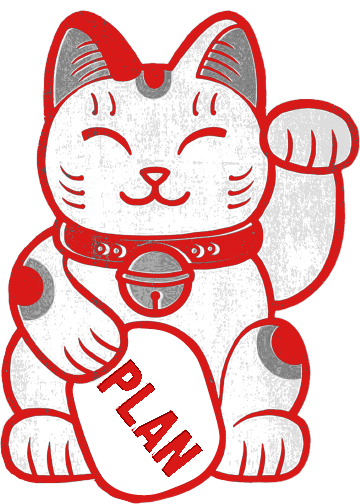Behavioural Science in Singapore to Drive Action & Engagement
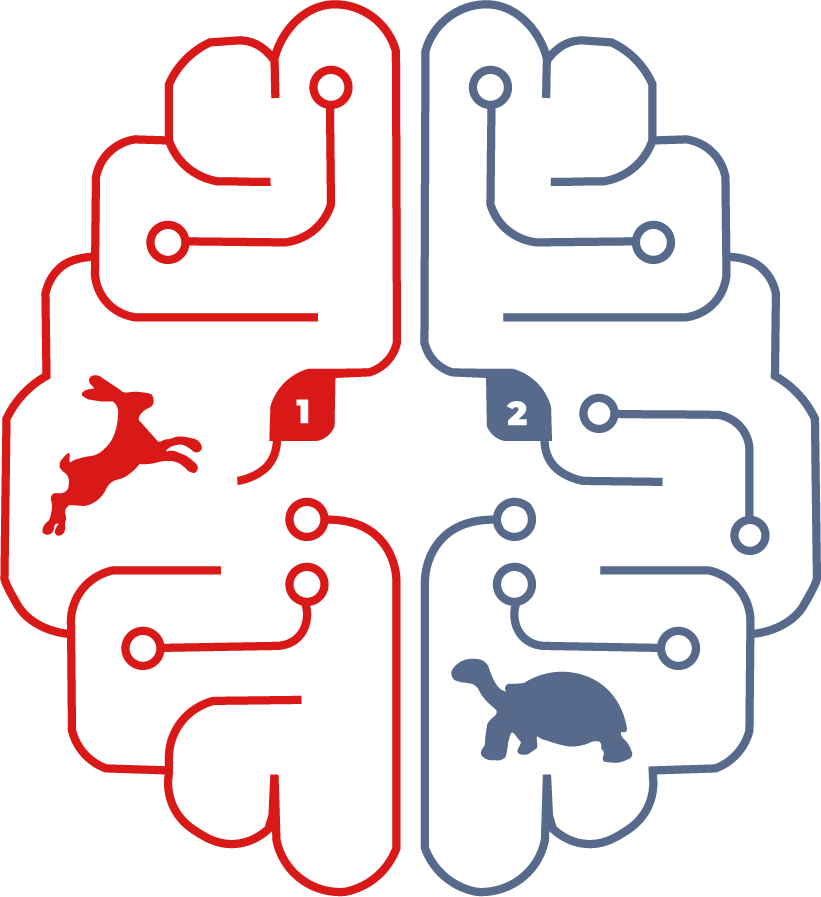
Everything we do is built on a foundation of hard, evidence-based behavioural science—not gut feel, not guesswork, and certainly not marketing folklore. Understanding what people do, why they do it, and how to nudge them in your direction isn’t a nice-to-have; it’s the difference between effective marketing and throwing money into the void. Intuition alone won’t cut it.
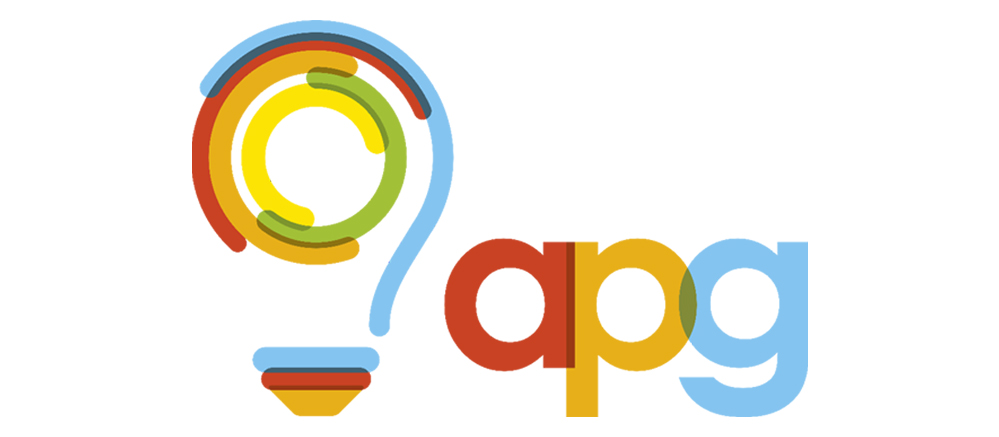
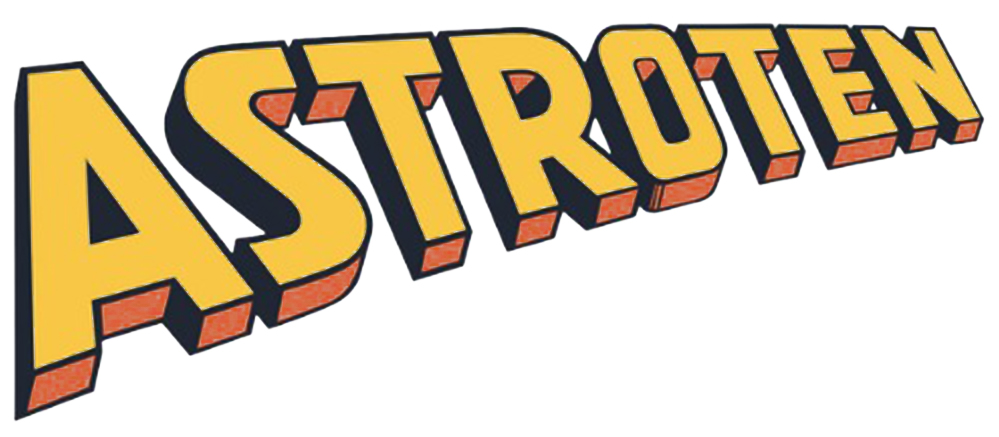
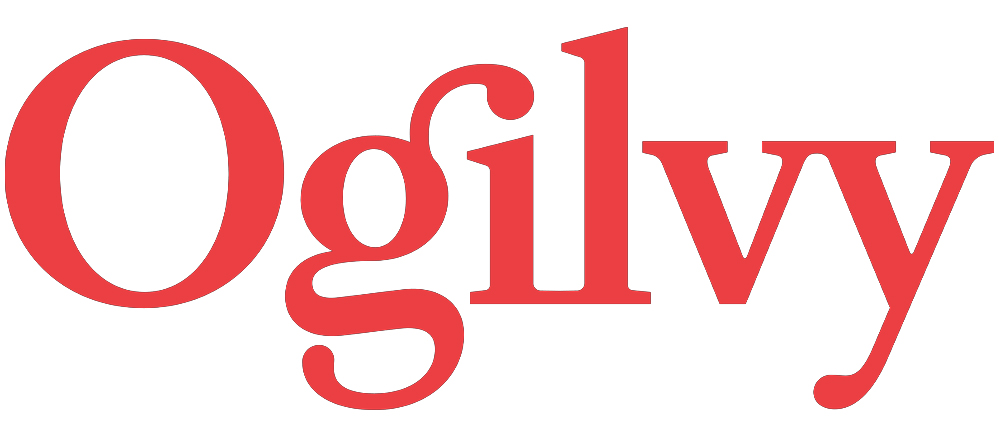
Behavioural Science to Drive Action & Engagement

Trusted by Ambitious Businesses
What is Behavioural Science?
Most marketing fails. Not only because the strategy is bad, but also because it ignores one simple truth: humans don’t behave rationally. We make decisions based on emotions, cognitive biases, and unconscious triggers rather than careful, logical analysis.
That’s where behavioural science comes in. It’s the secret weapon that separates marketing that actually works from the nonsense that fills most PowerPoint decks. By understanding how people think, what influences their decisions, and where friction stops them from acting, we create marketing campaigns that drive real results.
Why Behavioural Science Matters for Your Business
Your customers aren’t scrolling through your website, seeing your latest ad, or staring up at your billboard, carefully weighing up every benefit before making a purchase. They’re busy, distracted, and overwhelmed by choice. If your marketing doesn’t make the decision easy, compelling, and instinctive, they’ll move on.
Behavioural science helps us:
- Make your messaging more persuasive by understanding what really drives action.
- Remove friction in your customer journey to reduce drop-offs.
- Use proven psychological triggers to increase engagement and conversions.
This isn’t guesswork. It’s backed by decades of research, and it works.
From Ideas to Impact: How We Engineer Persuasion That Works
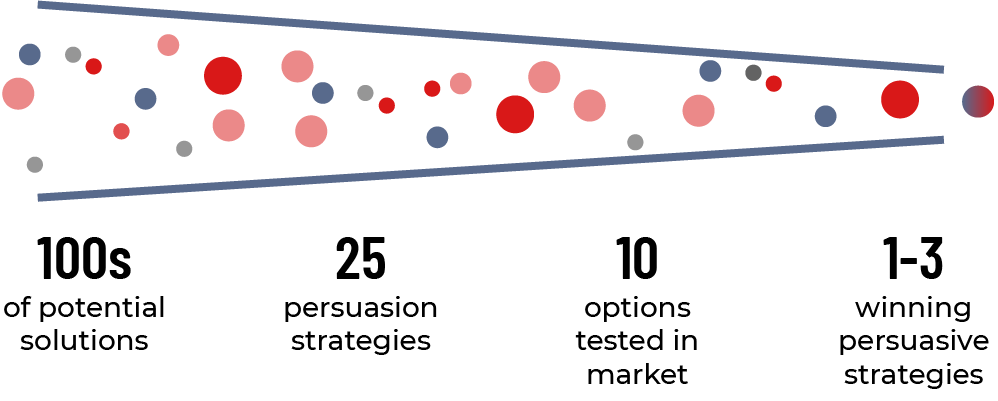
Most marketers dive straight into tactics, throwing ideas at the wall and hoping something sticks. That’s amateur hour. A proper process—one backed by behavioural science—filters out the rubbish and finds what actually works. We start with hundreds of potential solutions, drawing from deep research, psychology, and proven frameworks. Then, we refine down to 25 persuasion strategies, using behavioural science to identify the most promising angles. From there, we pressure-test 10 real-world options, running controlled experiments in-market. Finally, we land on 1-3 winning strategies—not based on guesswork, but on cold, hard data.
This isn’t creativity for the sake of it; it’s creativity with a commercial edge.
People Aren’t Rational.
People make around 35,00 decisions each day!
Faced with endless decisions, we take shortcuts—heuristics—to make life easier.
The problem?
These mental shortcuts come with built-in biases: scarcity, social proof, distinctiveness, and more.
The opportunity?
Smart marketers use these biases to their advantage, applying them at every stage of the consumer journey to subtly nudge people toward action. This isn’t manipulation—it’s how decisions are really made.
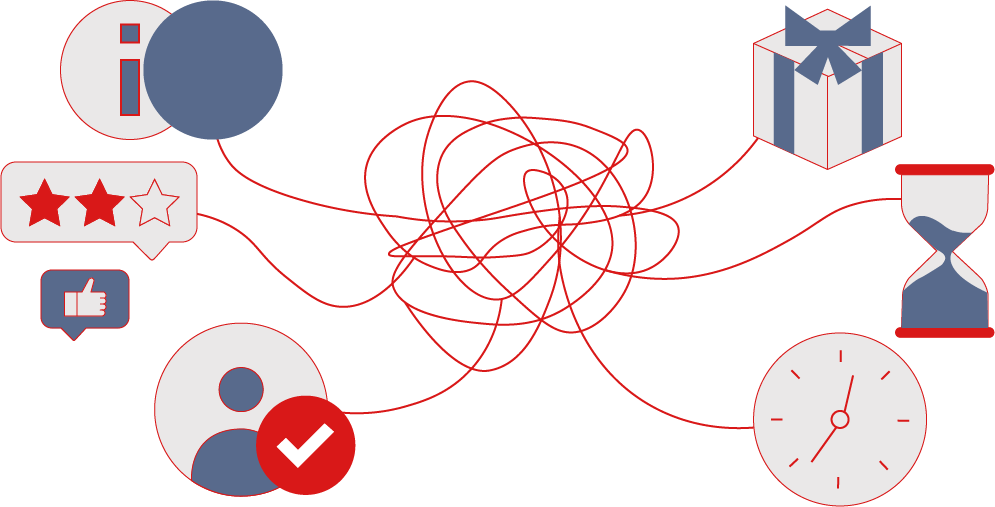
Some of those common shortcuts
Behavioural science gives us the tools to decode the hidden logic behind those decisions helping our clients communicate in this most effective way.
Our Behavioural Science Toolkit
We don’t believe in theory for theory’s sake. These are some of the tools we apply to make marketing more effective.
MINDSPACE: The 9 Key Influences on Behaviour
Developed by the UK government’s Behavioural Insights Team, MINDSPACE outlines nine powerful drivers of human behaviour:
- Messenger – Who delivers the message is often more important than the message itself.
- Incentives – We respond more to avoiding losses than gaining equivalent rewards.
- Norms – People follow the herd. Show them what others are doing.
- Defaults – We stick with the pre-selected option. Set it up correctly.
- Salience – We focus on what stands out. Make key messages impossible to ignore.
- Priming – Subtle cues influence decisions without people realising it.
- Affect – Emotions drive action more than logic.
- Commitments – When people make a public commitment, they’re more likely to follow through.
- Ego – People act in ways that reinforce a positive self-image.
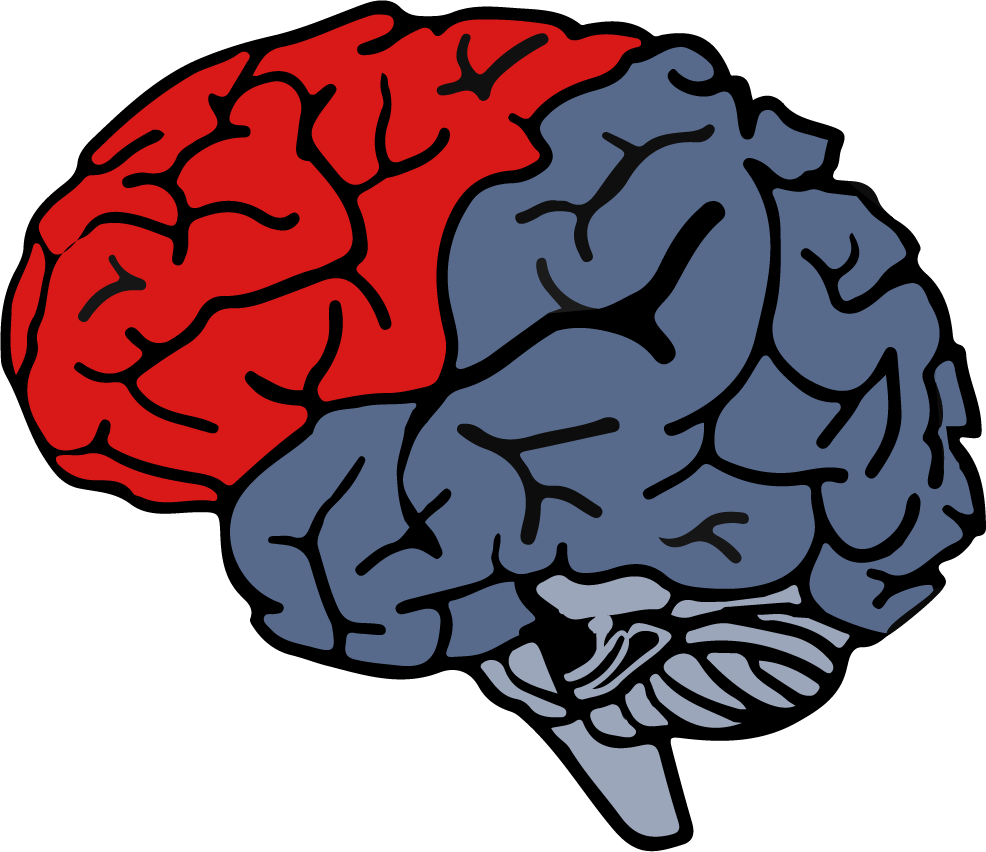
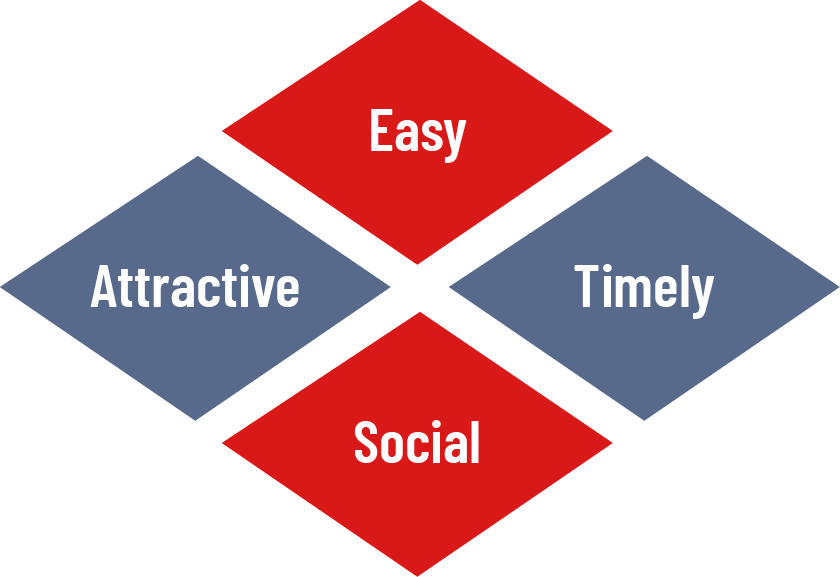
EAST: Making Behavioural Change Simple
If you want people to act, make it Easy, Attractive, Social, and Timely:
- Easy – Reduce friction. Remove unnecessary steps in your conversion funnel.
- Attractive – Use bold visuals, compelling offers, and incentives that make taking action appealing.
- Social – Show that others are doing it. Social proof is a powerful force.
- Timely – Hit people with the right message at the moment they’re most likely to act.
BJ Fogg’s B=MAP Model: The Science of Action
Stanford researcher BJ Fogg’s Behaviour = Motivation × Ability × Prompt model explains why people take action:
- Motivation – Do they want to do it?
- Ability – Can they do it easily?
- Prompt – Are they being nudged at the right moment?
If a behaviour isn’t happening, one of these three is missing. Fix that, and you unlock action.
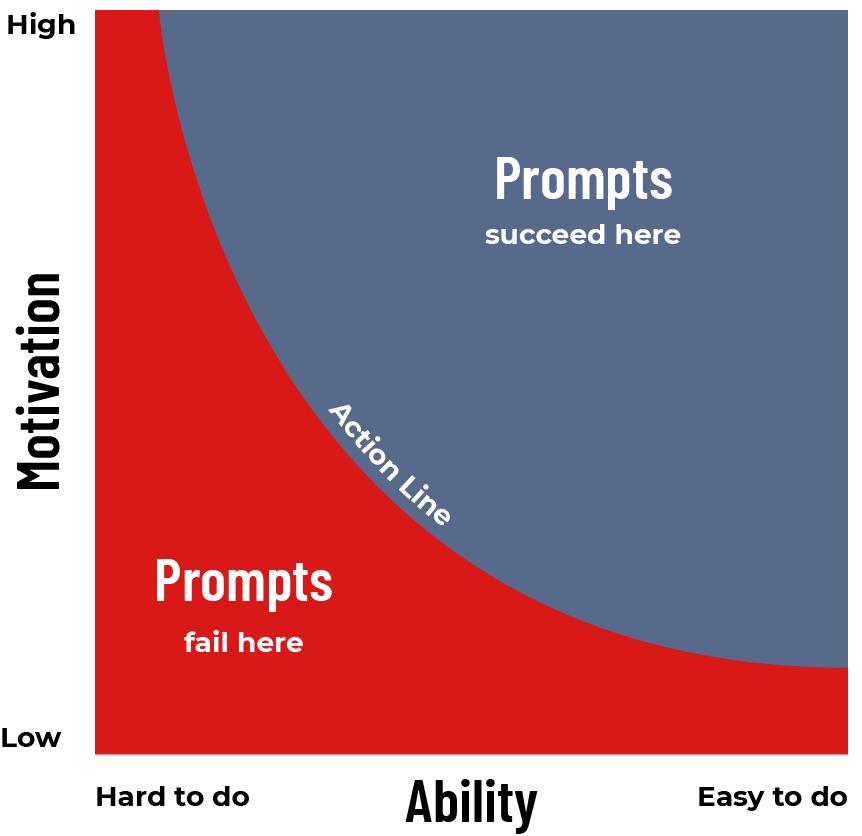
How it’s applied
Below, you’ll find real-world examples of behavioural science in action,
proven tactics that turn psychology into profit
Zig when others Zag with the Von Restorff effect
Most marketing gets ignored. Why? Because it looks and sounds exactly like everything else. That’s where the Von Restorff Effect comes in. It’s simple: when something stands out, people remember it. If your pricing page is a sea of dull grey boxes, and one is bright red with a “Most Popular” tag, guess which one gets the clicks? If your email subject line is just another bland corporate cliché, but one jumps out with a strikingly different tone, guess which one gets opened? This isn’t creativity for the sake of it—it’s psychology. When you break the pattern, you break through. And in a world drowning in noise, standing out isn’t just an advantage; it’s survival.
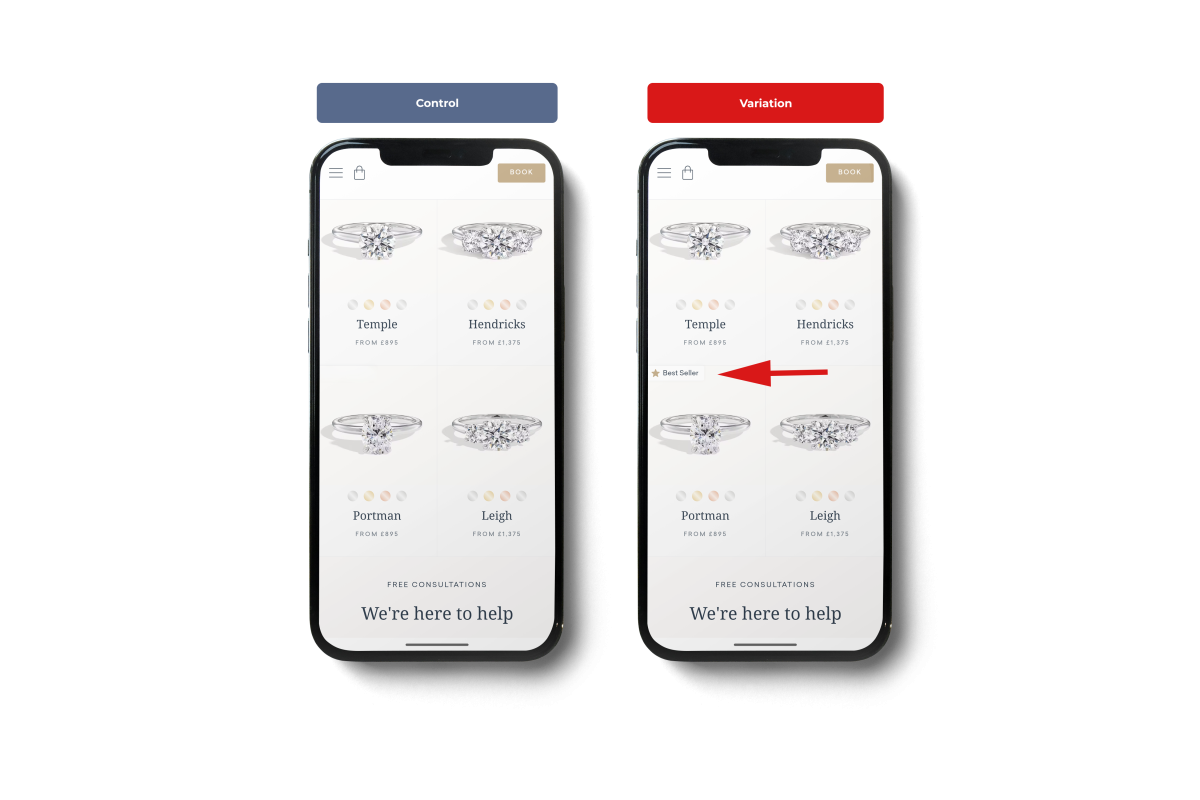
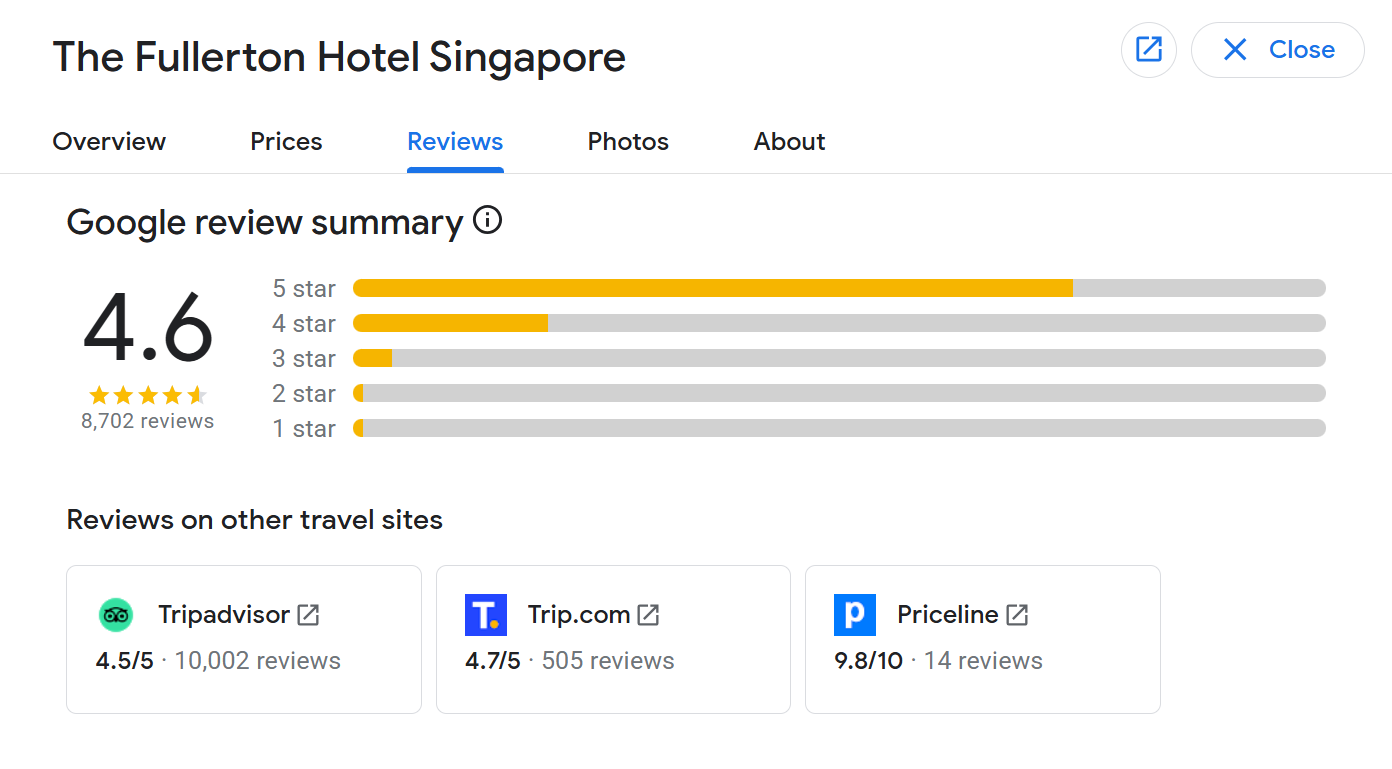
Social Proof
Social proof is one of the most powerful psychological triggers in marketing—because people trust other people more than they trust brands. When potential guests see glowing Google reviews, they’re not just reading opinions; they’re getting reassurance that your hotel is worth their money. A high star rating, positive guest experiences, and real testimonials reduce uncertainty and nudge people toward booking. After all, if dozens of others had a fantastic stay, why wouldn’t they? In a competitive market like Singapore’s, leveraging social proof isn’t just smart—it’s essential.
Scarcity
Scarcity is a sales driver because people want what they think they might miss out on. When a hotel room is marked as “Only 2 left at this price!” or “High demand – book now,” it triggers a psychological urgency to act fast. No one wants to lose out on a great deal or risk not getting a room at their preferred hotel. By highlighting limited availability or exclusive offers, you’re not just providing information—you’re pushing potential guests off the fence and into a booking. In a city like Singapore, where top hotels fill up quickly, scarcity isn’t just a tactic; it’s a reality.
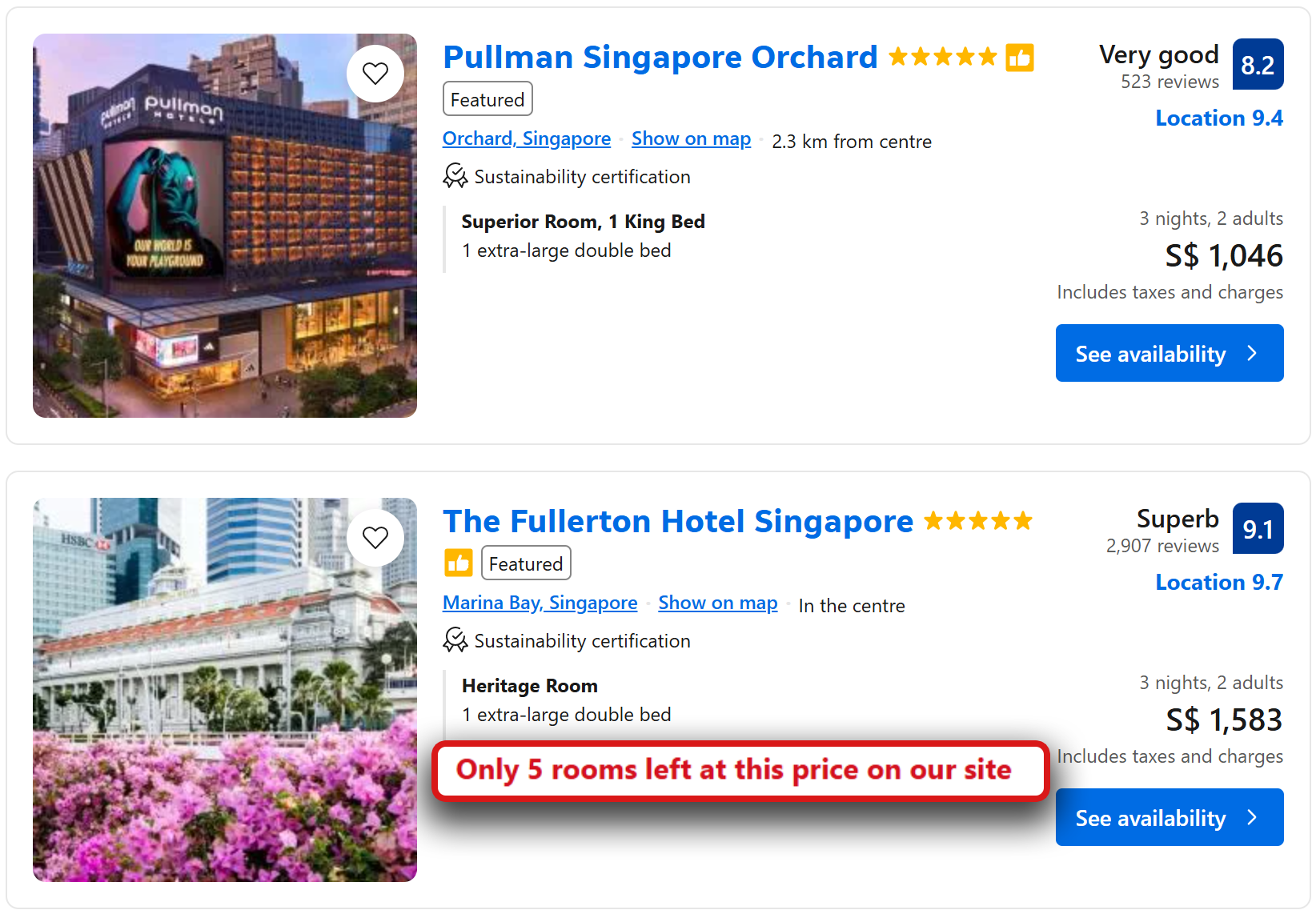
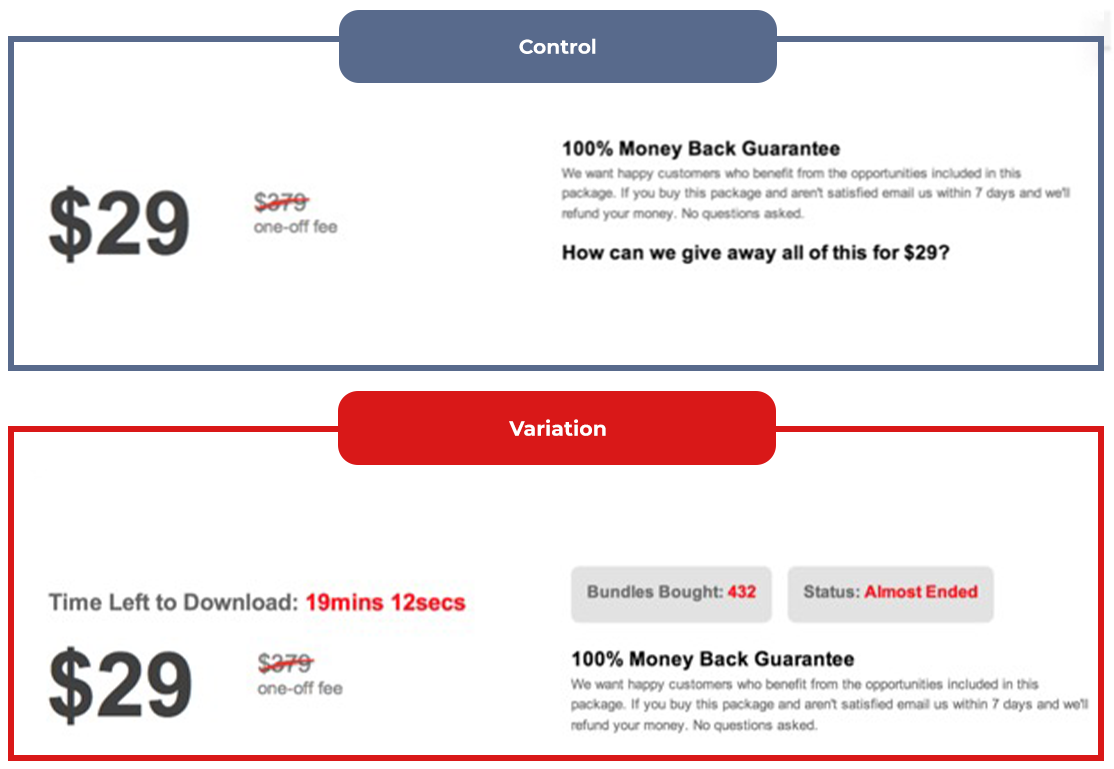
Urgency
Urgency turns hesitation into action. When an online course has a countdown timer for enrollment or a “Last chance to join!” message, it pushes potential students to commit before it’s too late. Without urgency, people procrastinate—telling themselves they’ll sign up “later,” which often means never. But when there’s a clear deadline, the fear of missing out kicks in, and suddenly, that decision moves to the top of their priority list. For online courses, urgency isn’t just about filling seats—it’s about driving commitment and momentum.
How We Apply Behavioural Science to Our Work
This isn’t about applying buzzwords and hoping for the best.
We follow a structured process to apply behavioural science in a way that delivers measurable results.
Discovery & Analysis
We start by understanding your business, audience, and objectives. This involves:
- Analysing current data to identify where people drop off.
- Conducting user research to uncover hidden decision barriers.
- Mapping out behavioural friction points in your customer journey.
Behavioural Audit
We audit your existing marketing assets through a behavioural science lens. This means:
- Reviewing website UX, ad creatives, and messaging for cognitive overload and friction.
- Identifying missing behavioural triggers that could drive conversions.
- Pinpointing areas where psychology-backed improvements could make an immediate impact.
Strategy Development
Based on our findings, we craft a Behavioural Science Strategy, which includes:
- MINDSPACE elements to optimise messaging and design.
- EAST principles to streamline decision-making.
- B=MAP triggers to ensure the right prompts at the right moments.
Implementation & Experimentation
We don’t just recommend changes—we execute them. This involves:
- A/B testing different psychological triggers to see what works best.
- Implementing conversion rate optimisation (CRO) strategies.
- Refining messaging, UX, and incentives based on real-world data.
Measurement & Optimisation
We track and measure the impact of every change, ensuring ongoing optimisation. Key metrics include:
- Conversion rate improvements
- Engagement metrics
- Reduction in drop-offs
- Revenue impact








